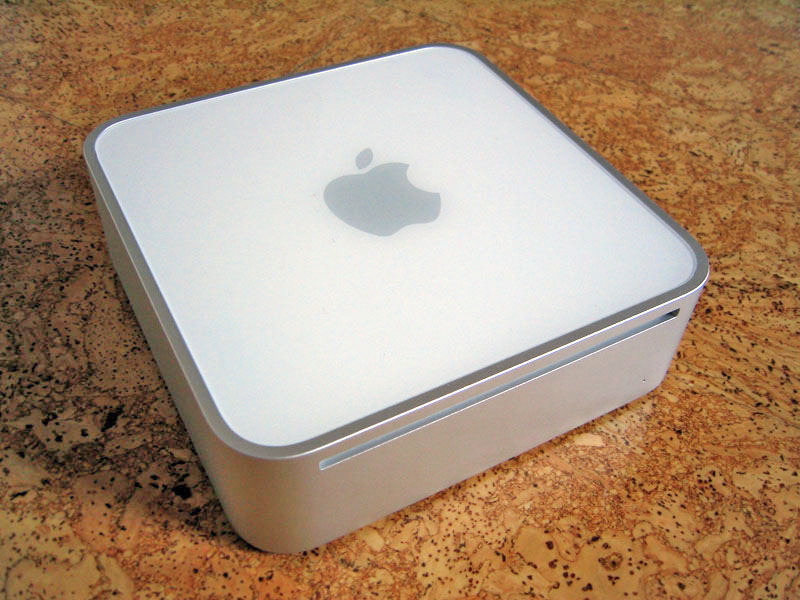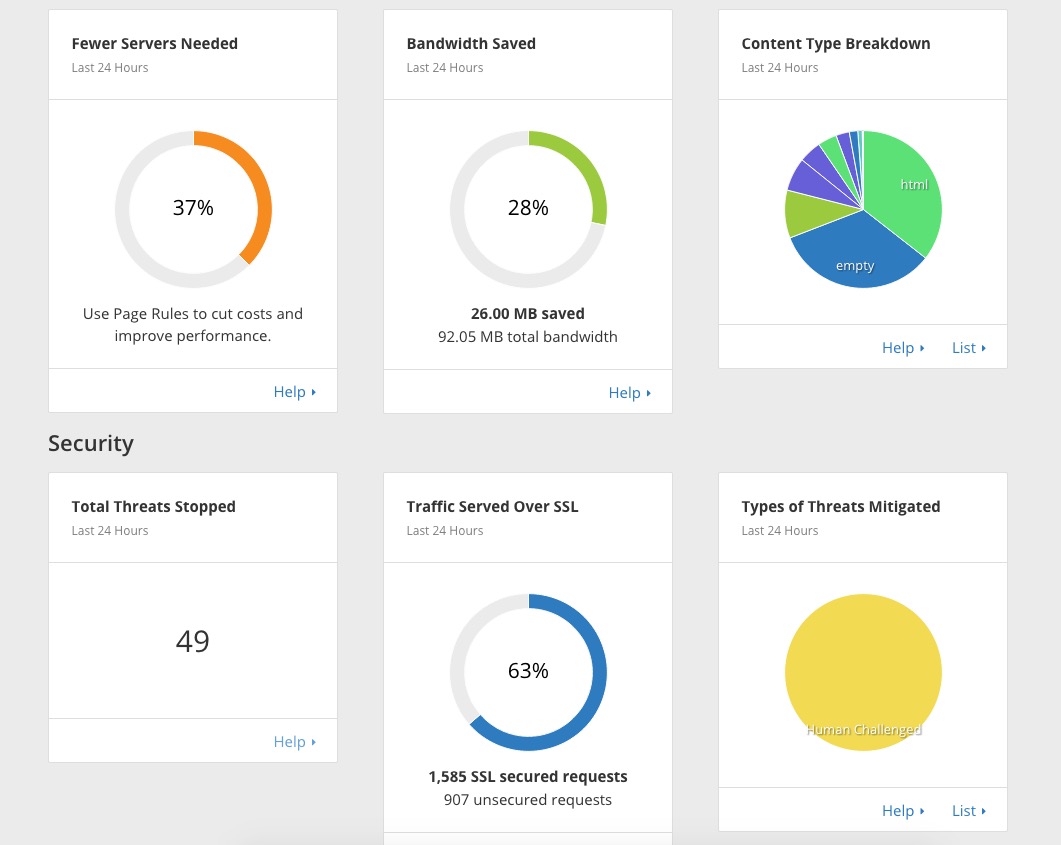If you’re a regular viewer to this site — and I doubt few are given the low, low Google Analytics figures for this domain — you may have noticed a new, smart theme and a few changes in the past few days.
That’s because after hosting my site on an AWS instance, I’ve gone a little old school, moving my site to an old G4 Mac Mini I’ve got lying around.
It was the same Mac Mini that I used back in the day to get Mac OS X running on my 2005 Toyota Prius.
(Which in of itself was inspired by this fantastic installation a loooong time ago in a 2006 Prius.)

Well, over the weekend, I played with installing a flavour of Linux on the little 1.33 Ghz G4. It was a little bit of a steep learning curve, but I do believe it has proven successful.
After getting LAMP running and installing a fresh WordPress install, I transferred my site from the AWS instance I had set aside for this site to my local server, tweaking my main studio machine’s OS X install /etc/hosts file so I could reach the Linux-only G4. After tweaking it some more, I headed over to CloudFlare, where I already have an account set up for my personal websites.
As well as providing DNS capabilities, CloudFlare provides page caching, which helps speed up your website. It also provides SSL capabilities, which means my site is now fully encrypted and therefore makes Google happier.
The caching is important. Rather than go to my server each time to request a page, CloudFlare caches my pages for itself, so when a customer requests a page for my server, it actually gets a cached version from CloudFlare.

It reduces server load at my end, and helps ensure my site is served even if there’s a power outage here (a fairly common frustration for some reason.)
So far, I’m saving about a third of my total bandwidth thanks to CloudFlare — but I’m hoping we can push things even further with a little bit of help.
And that… that is a good thing.
